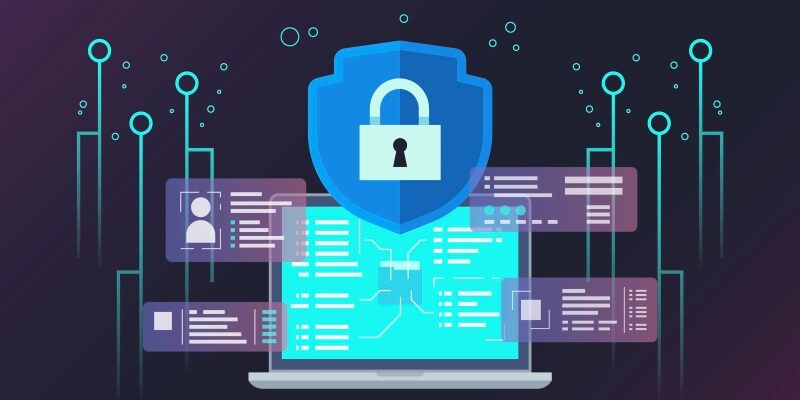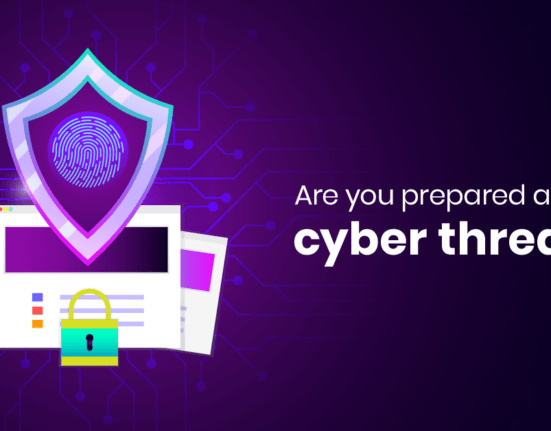This article discusses the cybersecurity challenges faced by Small and Medium-Sized Enterprises (SMEs) and provides measures to protect themselves.
Small and Medium-Sized Enterprises (SMEs) are the backbone of the global economy, representing a significant portion of employment and economic output. However, in recent years, SMEs have become increasingly vulnerable to cyber attacks. Cybercriminals are aware of the limited resources and often inadequate IT infrastructure of SMEs, making them more susceptible to cyber attacks. This article will discuss the cybersecurity challenges faced by SMEs and the measures they can take to protect themselves.

One of the significant cybersecurity challenges for SMEs is the lack of awareness and knowledge about cybersecurity. Many SMEs do not have a dedicated IT department or personnel to manage their IT infrastructure and cybersecurity. This lack of expertise makes it challenging for SMEs to identify and mitigate potential cyber threats effectively. Additionally, many SMEs do not have adequate cybersecurity policies and procedures in place to protect their sensitive data and systems. SMEs face many of the same cybersecurity threats as larger organizations, but often lack the resources to properly address them. Common challenges include malware, ransomware, phishing, and social engineering attacks.
SMEs often assume that cyber attacks only target large corporations, and therefore, they are not a priority target for cybercriminals. However, this is a misconception. SMEs are often the preferred target for cybercriminals as they have weak cybersecurity measures and limited resources to invest in cybersecurity. Cybercriminals target SMEs to steal sensitive data, such as customer information, financial data, and intellectual property. SMEs that fall victim to cyber attacks can suffer significant financial losses, damage to their reputation, and even legal action.
Another cybersecurity challenge faced by SMEs is the cost of implementing and maintaining cybersecurity measures. SMEs have limited resources, and investing in cybersecurity can be costly. SMEs often prioritize other business expenses over cybersecurity, making them vulnerable to cyber attacks. Cybercriminals are aware of this vulnerability and often target SMEs because they are more likely to have weak cybersecurity measures.
The cost of cybersecurity can vary depending on the size and complexity of the SME’s IT infrastructure. However, there are several cost-effective measures that SMEs can implement to improve their cybersecurity posture. These measures include implementing firewalls, anti-virus software, and intrusion detection systems. SMEs can also invest in employee training and education to increase their awareness of cybersecurity risks and best practices.
Furthermore, the ever-evolving nature of cybersecurity threats makes it challenging for SMEs to keep up with the latest threats and security measures. Cybercriminals are constantly developing new and sophisticated ways to attack businesses, making it necessary for SMEs to stay up-to-date with the latest cybersecurity trends and best practices. However, many SMEs do not have the resources to invest in ongoing cybersecurity education and training for their employees.
SMEs can mitigate this challenge by partnering with third-party cybersecurity providers. Third-party providers can provide SMEs with the necessary cybersecurity expertise and knowledge to identify and mitigate potential cyber threats effectively. These providers can also provide ongoing education and training to SME employees to keep them up-to-date with the latest cybersecurity trends and best practices.
Another challenge for SMEs is the increasing trend of remote work. Remote work can create additional cybersecurity risks, as employees may be using personal devices and unsecured networks to access company data and systems. SMEs must have policies and procedures in place to ensure that remote employees are following cybersecurity best practices and that their devices and networks are secure.
SMEs can mitigate this challenge by implementing a remote work policy that includes guidelines on how to access company data and systems securely. SMEs can also provide remote employees with secure access to the company’s network through virtual private networks (VPNs) and implement multi-factor authentication (MFA) to ensure that only authorized personnel can access sensitive data.
In conclusion, SMEs face significant cybersecurity challenges due to their limited resources, lack of cybersecurity expertise, and inadequate IT infrastructure. It is critical for SMEs to prioritize cybersecurity and implement measures to protect their sensitive data and systems. This can include investing in cybersecurity training and education, implementing cybersecurity policies and procedures, and regularly updating their IT infrastructure to address the latest cybersecurity threats. By taking proactive measures to protect themselves from cyber attacks, SMEs can reduce their vulnerability and ensure the security of their business operations.
Image Source : India Technology News












